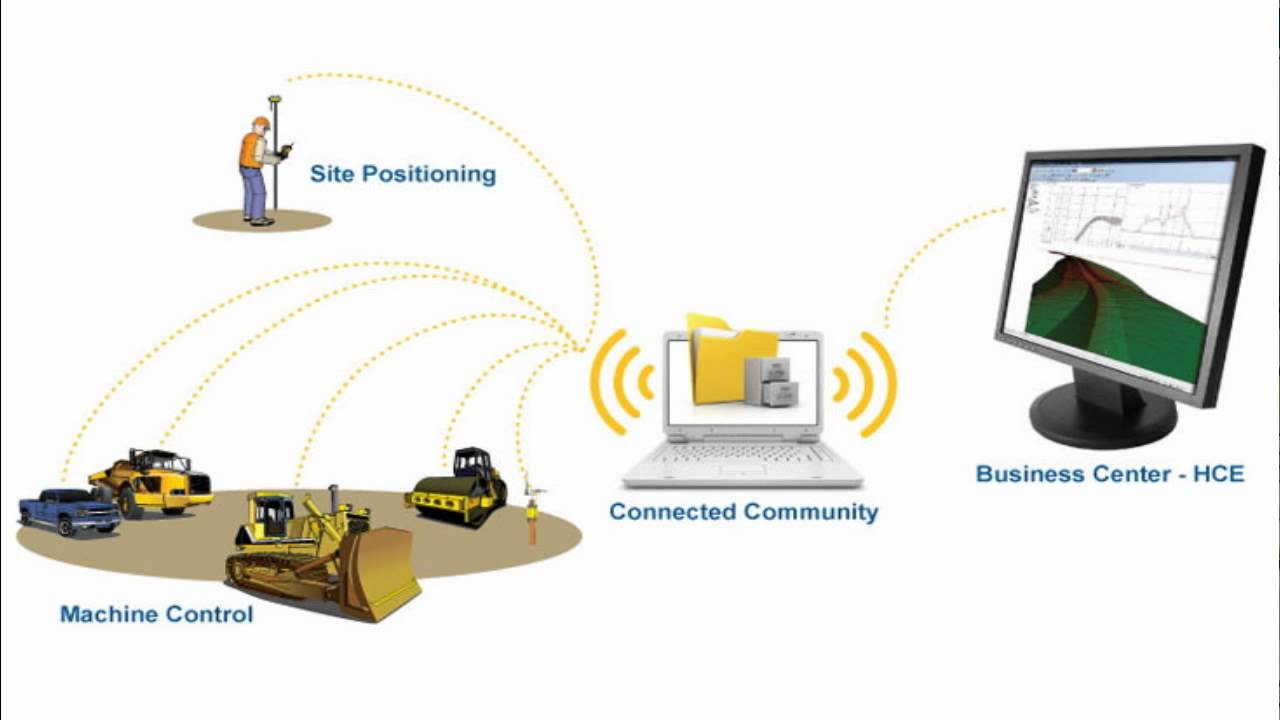Accounting is a crucial aspect of any business. As an accountant, when you onboard a new client, it is pivotal to establish a strong foundation for a successful working relationship. This checklist will guide you through the essential steps to ensure a seamless transition and provide exceptional service to your New accounting client checklist.
Contents
- 1 Gather Essential Information
- 2 Review Financial Statements
- 3 Evaluate Accounting Systems
- 4 Assess Internal Controls
- 5 Understand Industry-Specific Challenges
- 6 Communicate Expectations
- 7 Establish Reporting Procedures
- 8 Set Up Billing and Payment Procedures
- 9 Plan for Tax Compliance
- 10 Develop a Long-Term Strategy
Gather Essential Information
To effectively manage your client’s financial records, collect all the necessary information. Start by obtaining their legal business name, tax identification number, and physical address. Additionally, gather their articles of incorporation, bylaws, and any other legal documentation relevant to their business structure.
Review Financial Statements
Carefully examine your client’s financial statements, including the balance sheet, income statement, and cash flow statement. Analyze their profit margins, liquidity ratios, and any outstanding debts. By scrutinizing these financial records, you can gain valuable insights into their financial health and identify areas for improvement.
Evaluate Accounting Systems
Evaluate the accounting systems your client currently uses. Assess the software, processes, and controls in place for bookkeeping, accounts receivable, and accounts payable. Understanding their existing systems will help you recommend any necessary changes or enhancements to streamline their financial processes.
Assess Internal Controls
Internal controls are critical to safeguarding a company’s assets and preventing fraud. Assess your client’s internal control systems, paying close attention to areas such as segregation of duties, proper authorization processes, and regular independent audits. Provide recommendations to strengthen their controls and mitigate any risks identified.
Understand Industry-Specific Challenges
Different industries have unique accounting requirements and challenges. Take the time to familiarize yourself with your client’s industry and understand the specific regulations and accounting standards that apply to them. This knowledge will enable you to provide tailored advice and ensure compliance with industry-specific guidelines.
Communicate Expectations
Clear communication is the key to a successful client relationship. Clearly define your role, responsibilities, and the services you will provide. Discuss your client’s expectations and establish realistic timelines for delivering financial reports and other accounting services. Transparency and accountability are crucial for building trust with your new client.
Establish Reporting Procedures
It is essential to establish a clear framework for reporting and communication. Discuss how often you will provide financial reports, what key performance indicators will be monitored, and how you will share these reports with your client. This proactive approach will ensure your client is well-informed about their financial position and can make informed business decisions.
Set Up Billing and Payment Procedures
Setting up billing and payment procedures from the beginning will promote a smooth financial relationship. Clearly define your fee structure, billing frequency, and payment terms. Provide various payment options and outline your expectations regarding prompt and accurate payments.
Plan for Tax Compliance
Understanding your client’s tax obligations is crucial. Review their previous tax returns and ensure they are compliant with all applicable tax laws. Discuss upcoming tax deadlines and create a plan for timely filing and payment of taxes to avoid any penalties or interest charges.
Develop a Long-Term Strategy
Lastly, develop a long-term strategy to meet your client’s accounting needs beyond the onboarding process. Collaborate with your client to set financial goals, implement cash flow management strategies, and develop a budgeting framework. Continuously monitor and adjust your approach to ensure your client’s financial success.
By following this comprehensive checklist, you can ensure a smooth onboarding process for your new accounting client. Thoroughly analyze their financial statements, evaluate their accounting systems, and establish clear communication and reporting procedures. By providing exceptional service from the beginning, you can build a strong and lasting relationship with your client.






